Sponsored by Intrim
I’ve recently used VJ boards in my home in two different rooms, and two different ways, so I thought it would be fun to share some more inspiration about using this very popular type of wall panelling and what to bear in mind!
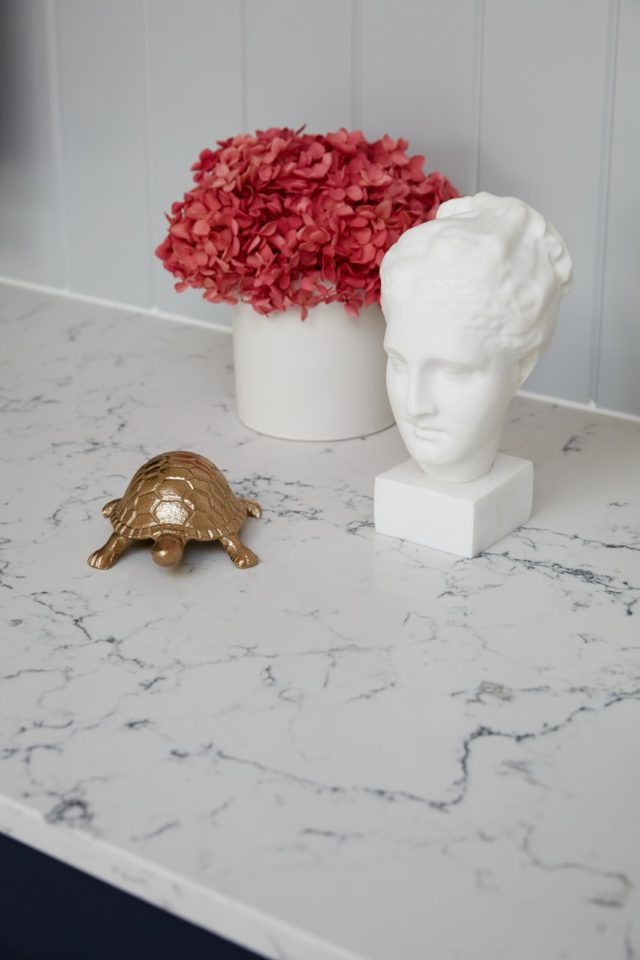
But hang on, what is it?!
First off, what is VJ? A lot of people give me a blank look when I casually throw this term into conversation! VJ stands for vertical joints (also commonly known as tongue and groove), and it’s a kind of timber or MDF wall panelling with vertical panels, equally spaced. That said, some people use it horizontally too.
It has become very popular as a way to add character to bare walls (and ceilings!) and is also being used to pull together things such as a TV wall, bedhead or office nook. It can be used full height or half height (or anywhere in between!) as wainscoting, usually with some type of chair rail at the top and skirting at the bottom. Large boards of MDF VJ, such as Intrim’s VJ Boards Pro are quick, easy and affordable to install and suitable for most interior applications. In rooms where there is moisture however, like a bathroom, a timber lining board is more appropriate and practical.
One of my favourite things about VJ panels is you can paint them whatever colour you like and you can use a little or a lot, depending on the look you’re going for. Plus, when you’re after a new look, you can simply paint them a fresh colour! They also look great in traditional homes (of course you’ll find them everywhere in old Queenslanders!) and modern ones, with their clean lines.
Let’s look at some ways to use VJ that are a little less obvious…
TV wall
TV walls are notoriously hard to get right due to the mess of cables. And unless you have a Samsung Frame TV that looks like art when it’s not in use, those big black rectangles aren’t often our favourite feature in a room! Adding VJ behind your wall mounted TV and entertainment unit is a great way to pull the whole look together. You can even make your TV ‘disappear’ by painting a dark coloured VJ wall behind it. I recently used Intrim’s VJ Boards Pro behind our new built-in TV unit and it was the thing that brought the whole look together. I don’t think it would have been half as aesthetically pleasing had it been a bare painted wall instead.
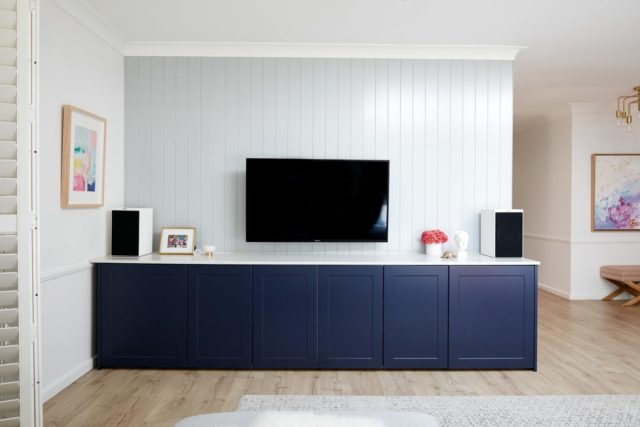
The VJ Board Pro is an MDF sheet with the grooves cut into it, which comes pre-primed and ready to paint. So easy! My carpenter simply glued this onto the wall with a few nails for extra strength.
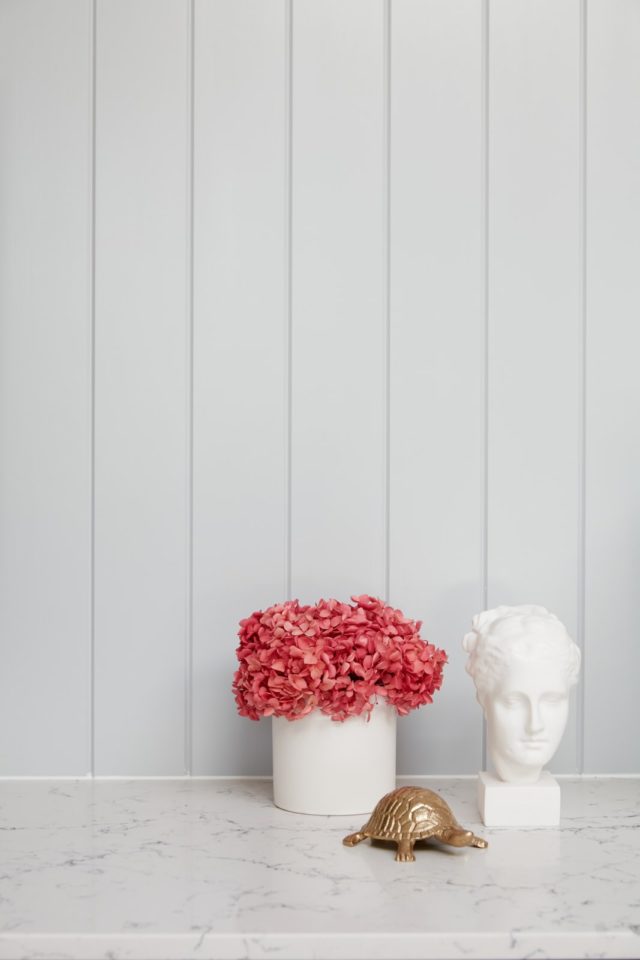
In a hallway/entry
Hallways and entries by their very nature get a lot of action and lining their walls with VJ can be a great way to make them a bit tougher against all the knocks and scuffs! Mounting wall hooks on top of VJ, like in this image below, is a great way to create a mudroom look without having an entire room dedicated to your coats and hats!
Lining your entry with VJ is a low cost way to really improve the first impression of your home and to get an idea if you like it before using it in larger areas.
In a bathroom
I love the look of VJ in bathrooms, a room where we often don’t think beyond tiles (which are gorgeous and waterproof but expensive, especially when you factor in the tiler). In my recent en suite reno I had the brainwave to cover over existing old (but solid) wall tiles with VJ panelling but the VJ Board Pro wouldn’t be the best choice here because MDF and moisture aren’t a good match. My dream wasn’t over however, as Intrim advised I could get the same look using their timber lining boards.
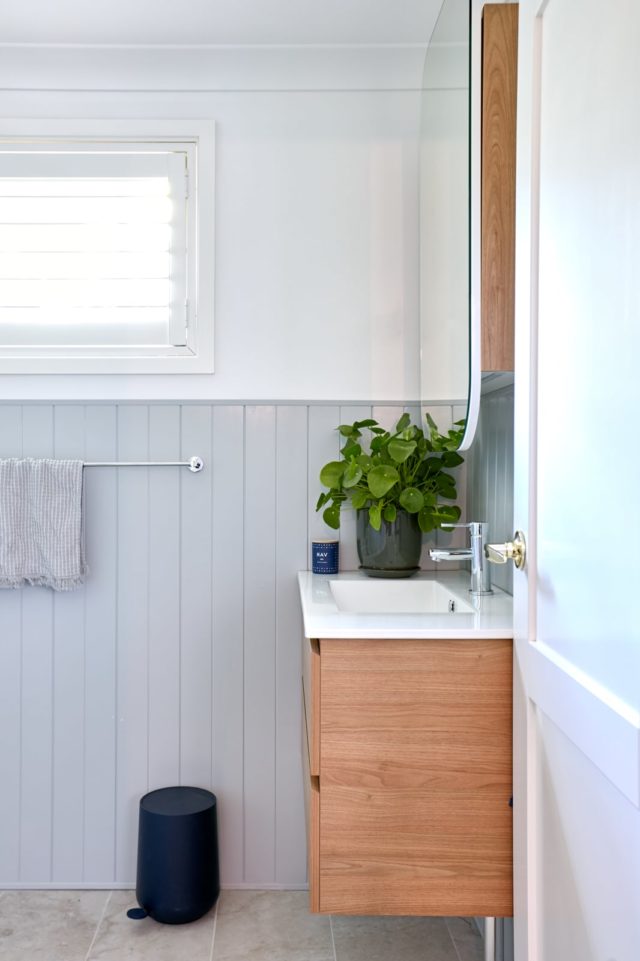
These are individual boards which simply click together and they’re available in a choice of MDF or FJ Pine, the latter being the best choice for a bathroom or laundry. Althought they take a bit longer to install because they don’t come in a sheet, the other benefit is that they’re flexible and can fit easier around tricky spots such as roof rafters.
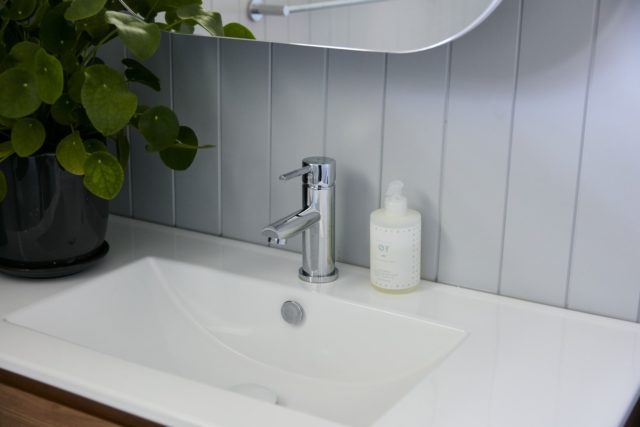
Intrim’s timber lining boards were used in this gorgeous farmhouse project (below).
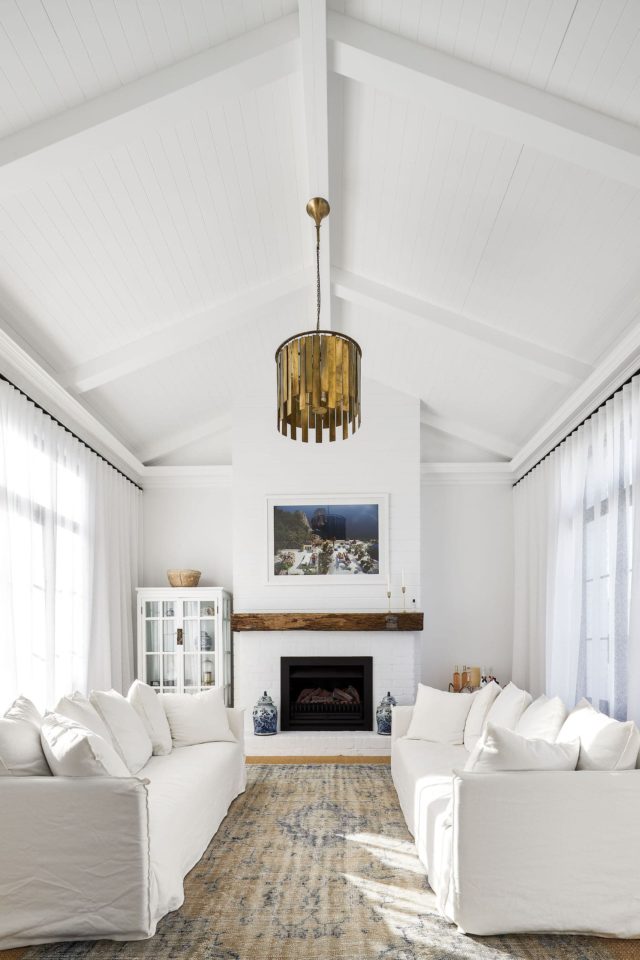
On ceilings
Don’t be afraid to think beyond walls! You can just as easily use VJ on your ceilings alone, or carry it on from your walls across your ceiling.
Around built-in joinery like a bench seat or cabinetry
Below, the VJ has been used on the whole of the wall in this gorgeous room, but it could just as easily be used to highlight the window seat only. If you’ve thought about creating banquette-type seating in a dining nook for example, VJ could be the perfect finishing touch.
Inspired?
I hope this post has shown you there are so many ways you can use VJ, large or small, in your home. I warn you though: once you start, it’s hard to stop!
See more projects using VJ | Find out more about VJ Boards Pro
Keen to add more character to your walls but not a fan of VJ? Check out Intrim’s more traditional wainscoting.
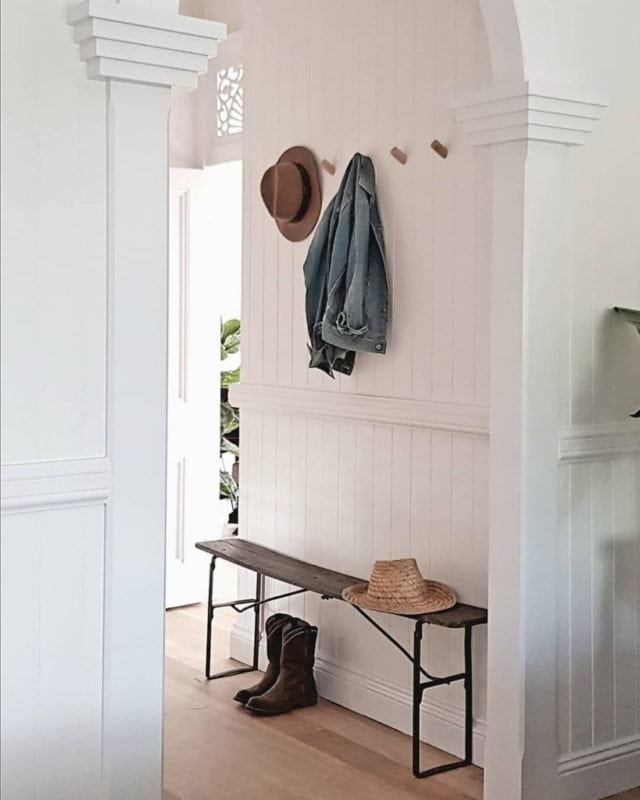
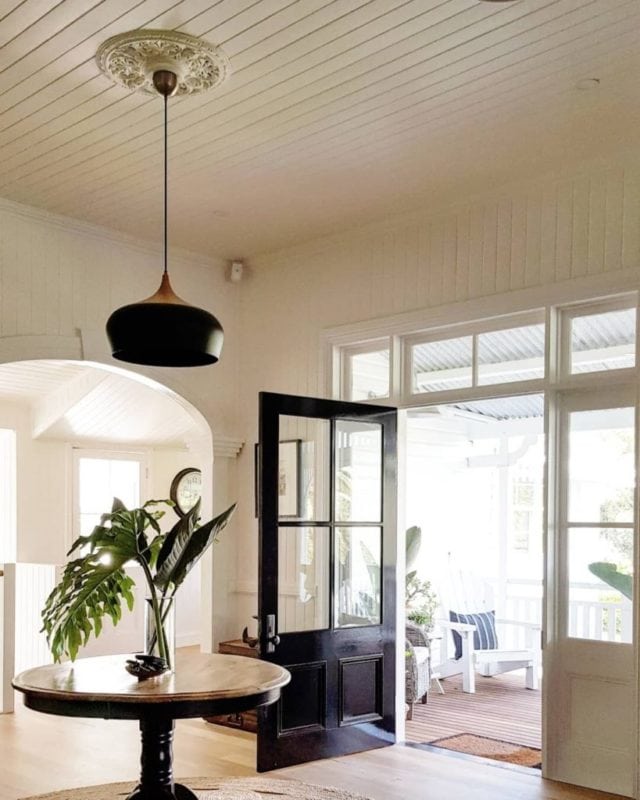
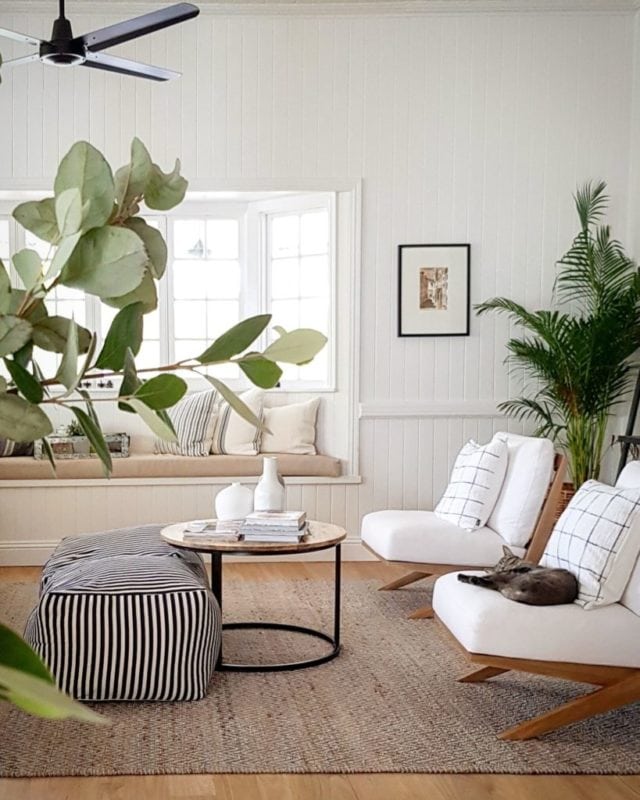
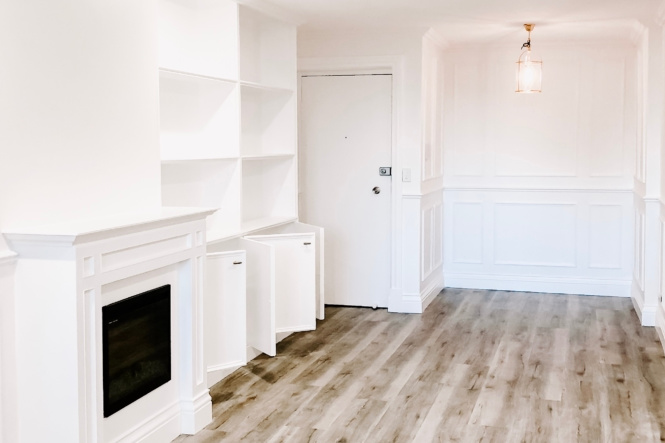
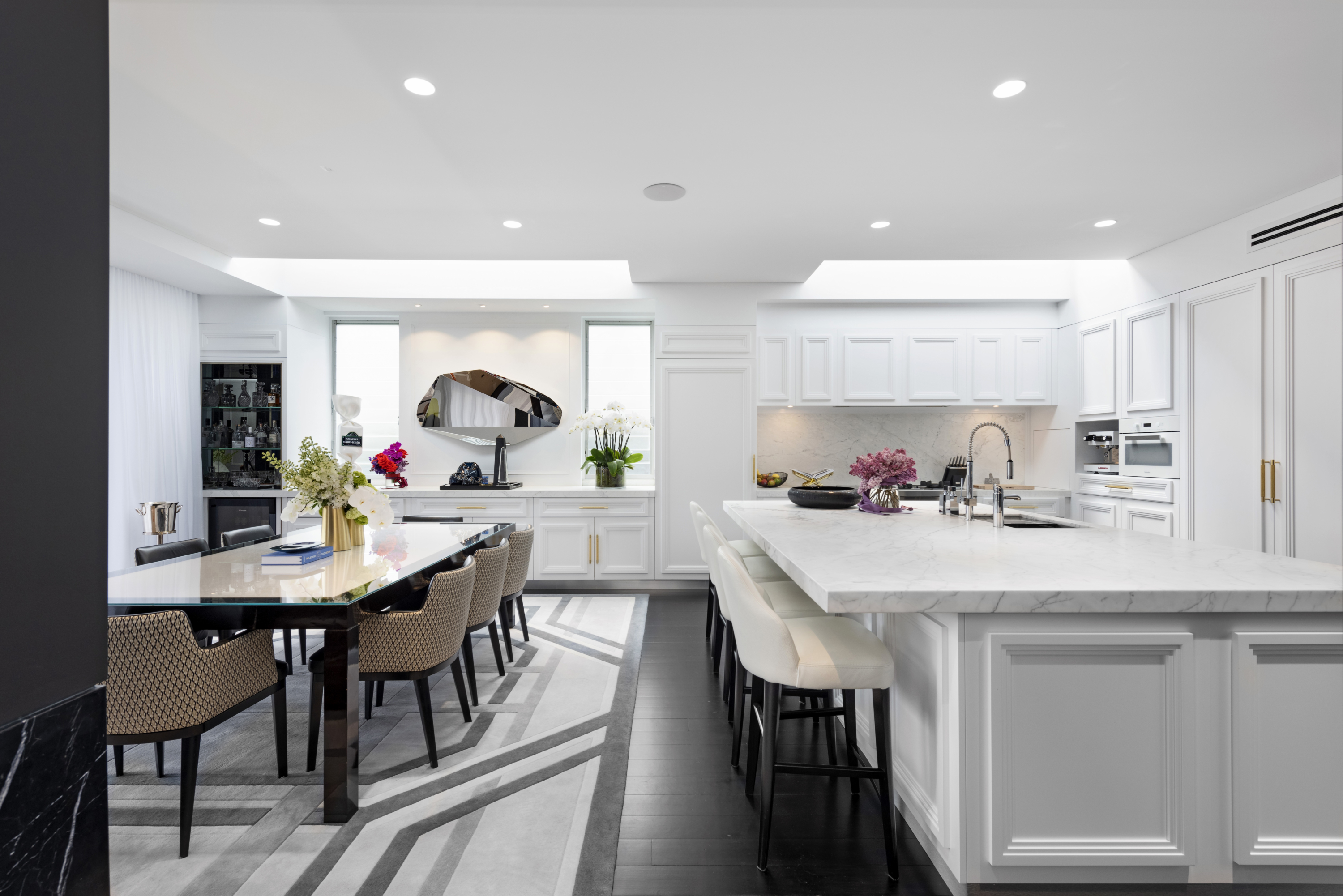
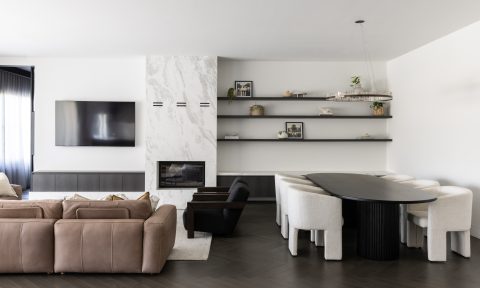
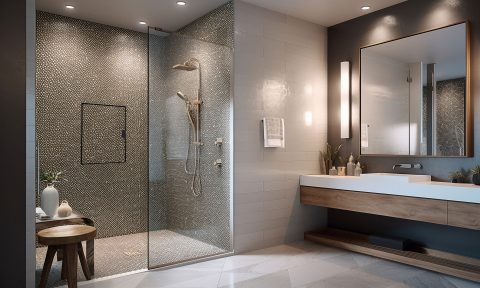
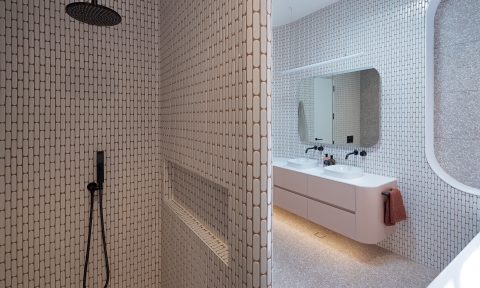

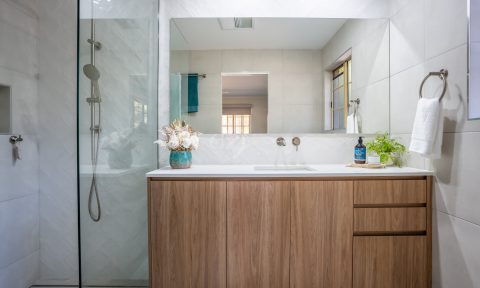
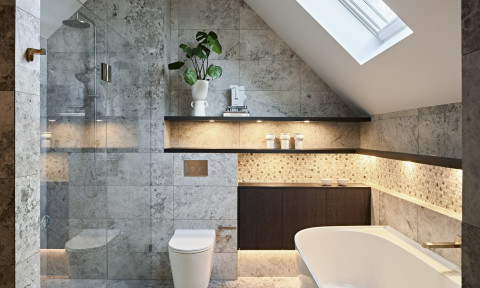
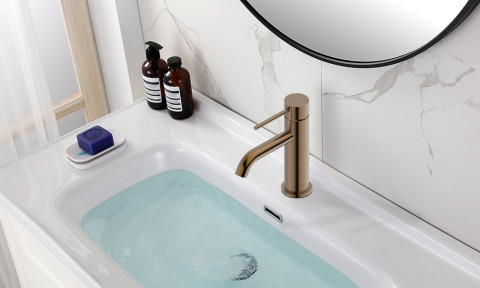
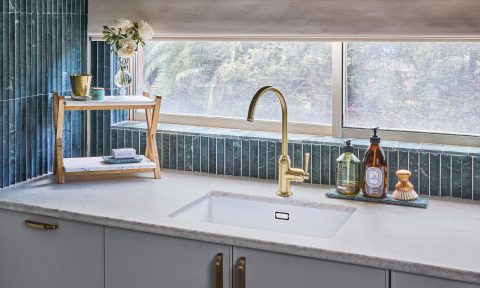
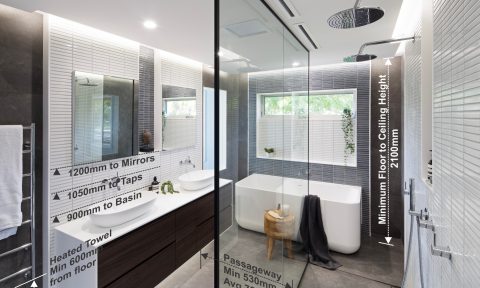

Comments
Hello!
I am about to decide whether I use 150 mm V joint on all walls in our large open kitchen dining lounge room walls. Is this too much or should it be a feature wall only? We are on a farm and near the beach. It’s a classic low ceiling farm house.
I appreciate your thoughts soon if possible. Thank you.
It’s really a matter of personal preference!